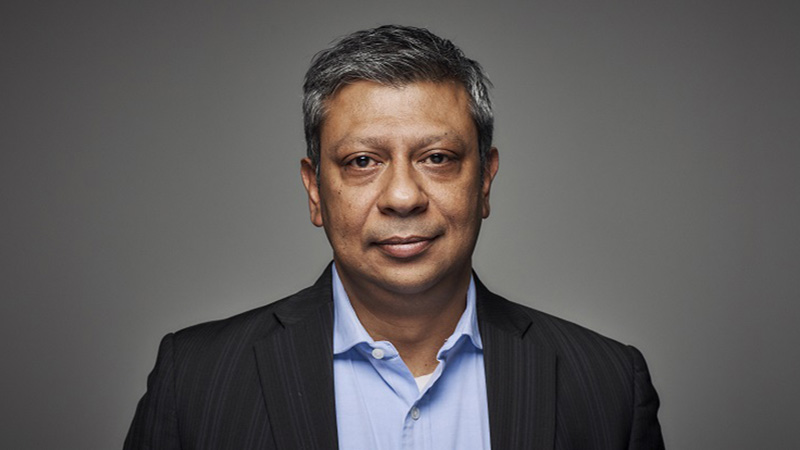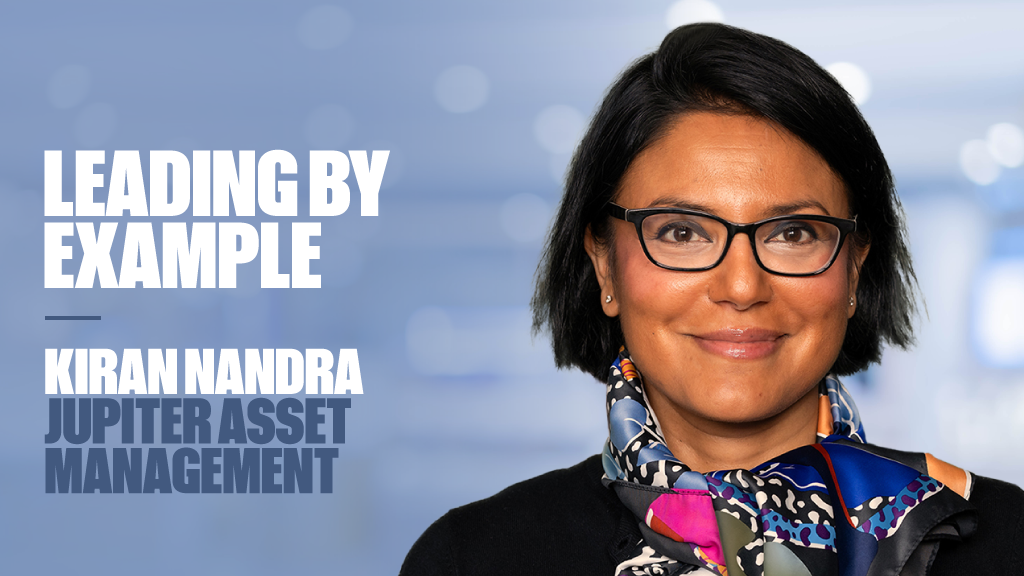Last year, high-yield debt returned 20% and continued to perform well in 2013 after adding another 1.5% over the opening two weeks of the new year, figures from Barclays show.
Over the same period, government bonds and investment-grade corporate debt stayed at high valuations as the flight to safety remained a dominant investment theme.
Ewan McAlpine, senior client portfolio manager at Royal London Asset Management, expects government bonds to make negative returns in 2013 while investment-grade credit will make small positive gains at best.
“High-yield debt offers the best prospect for real returns in 2013,” he commented. “The relatively low interest rate sensitivity, improving re-finance opportunities and initial income yield should support returns.”
However, government bonds – especially those from developed markets – could still prove useful as portfolio insurance, he said.
Kevin Gardiner, head of investment strategy in Europe, the Middle East and Africa at Barclays, noted that government bonds and investment-grade debt are the two most expensive asset classes, making strategic returns harder to achieve.
“Speculative grade bonds, which performed very strongly in 2012, still yield around 6% on both sides of the Atlantic, which – allowing for plausible loss ratios – makes them still the most attractive fixed income asset,” he said.
Gardiner also argued that most high-yield companies seem well placed to meet their coupon obligations after predicting that 2012’s low default environment could extend into the coming year.
Despite these factors, the strategist added that he currently prefers equities to bonds as they are currently the most attractively valued asset class – even after the recent rally sparked by the partial resolution of the US fiscal cliff.
Willem Sels, UK head of investment strategy at HSBC Private Bank, conceded that there is “significant risk” of safe haven yields rising if risk appetite continues to improve, although he can still see pockets of value in the bond market.
“We think a portfolio is better served by taking more credit risk than by taking more duration risk,” he said. “Both the best rated AAA/AA/A and the worst rated B/CCC part of the credit spectrum are likely to underperform the core BBB/BB middle-of-road rating bucket.”











